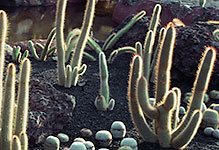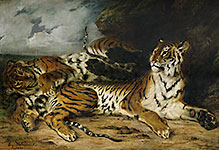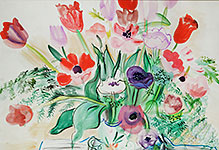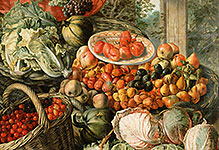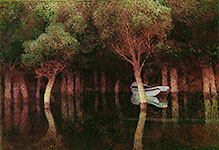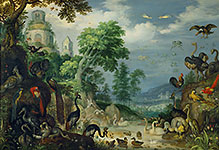
Nature
Plants and flowers. More - trees, fruits, animals etc. - to be added soon!

#03070345
"Je Su, the Pig, is put to death", propaganda against the foreigners. Chinese wo...

#03070348
Emperor Shah Jahan. Moghul miniature, 1630. Gouache on paper, 22.2 x 13.4 cm.

#03070351
Krishna and Radha dancing in the rain with three girl musicians. India; Rajastha...

#03070352
Young prince Shri Raga (Rama) sitting in a pavillion listens to music played by...

#03070353
Saveri Ragini. The capture of snakes in a jungle of wild animals. India; Malwa m...

#03070367
A procession of elephants of the Nawab Muhammad Yusaf Ali Rampur (ruled 1855-64)...

#03070368
An official of the British East India Company riding on an elephant, with an esc...

#03070370
Muharram festival. Inscribed: "Mooharrum Procession. Mussalmann". Gouache on mic...

#03080114
Adam and Eve, Original Sin. Commentary on the Apocalypse, published in 776 by Be...

#03080125
Peter the Hermit shows the crusaders the way to Jerusalem during the first crusa...

#03080130
Manesse Codex (sheet 11v): Duke Heinrich IV of Schlesien Breslau (around 1253-12...

#03080132
Manesse Codex (sheet 17r): Heinrich I Duke of Askanien and Prince von Anhalt (ar...
